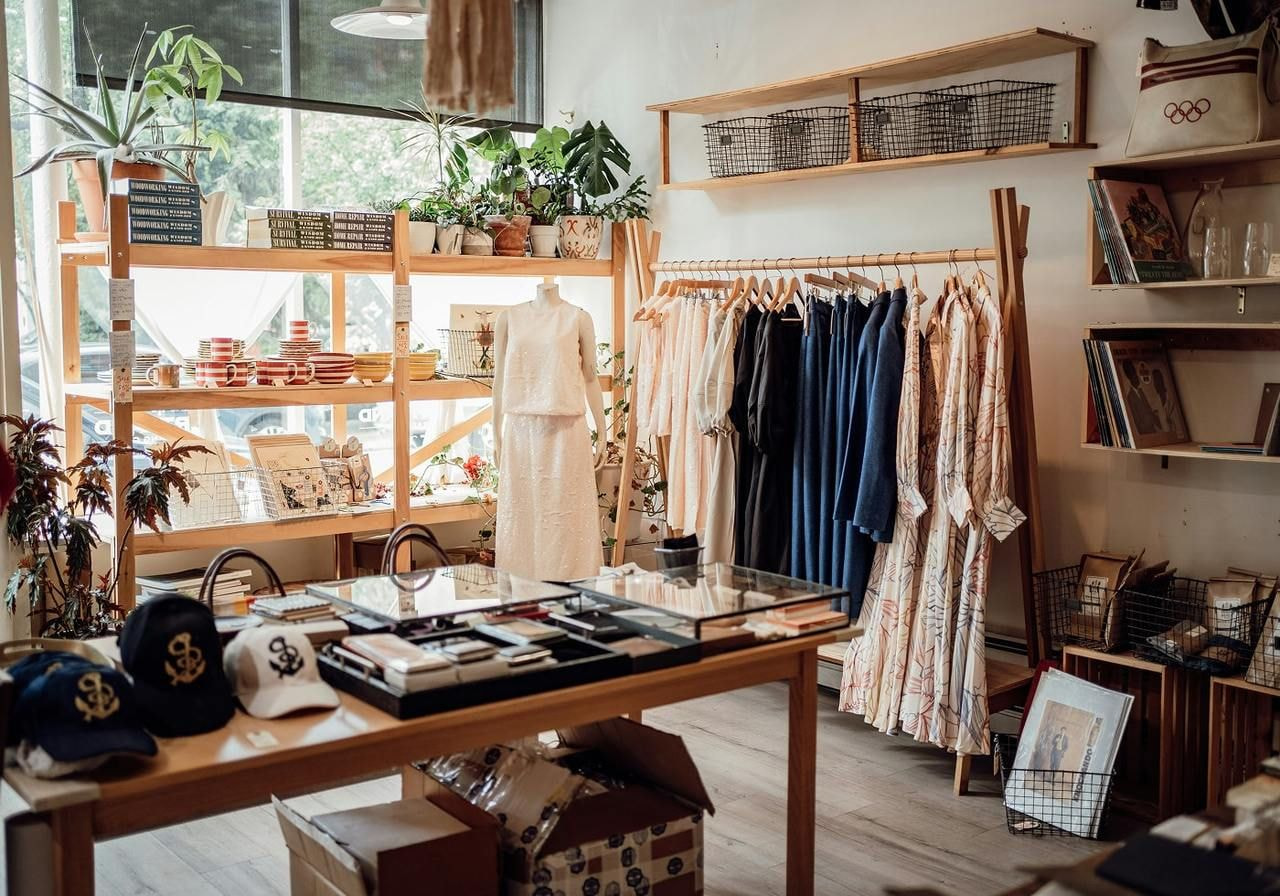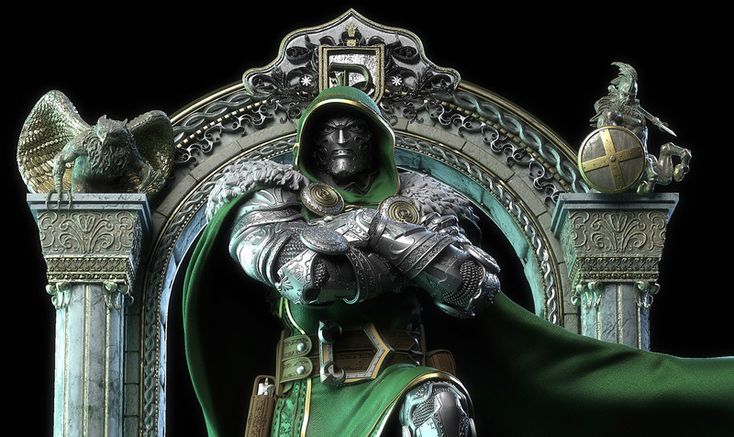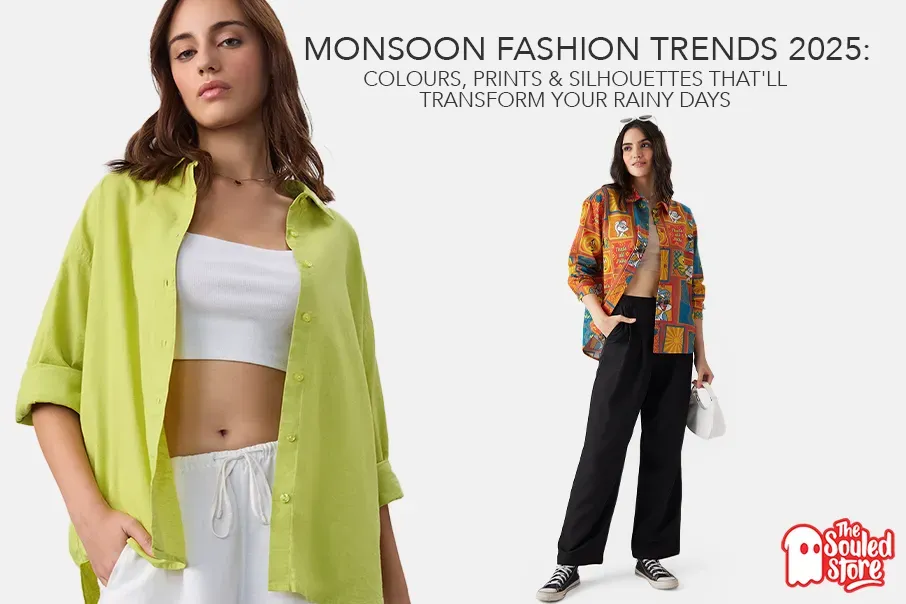How to start an online clothing store in 2025 | Printful
September 24, 2025 | by deven.khatri@gmail.com

5. Select products to sell online

What you sell on your online clothing store shapes everything: from who finds your store to whether they hit “buy.” Your job is to figure out what your target audience wants and deliver it with your own spin. That starts with understanding the target market demand.
Choose products based on demand
To sell what people want, think like your customers. For example:
-
A 28-year-old yoga instructor isn’t typing “eco hoodie,” they’re searching for “organic cotton zip hoodie” or “minimalist loungewear set”
-
A 35-year-old dad who’s into retro gaming isn’t typing “graphic tee,” they’re looking for a “pixel art t-shirt” or “90s arcade shirt”
If you’re starting a new clothing line with Printful, check out our Best-selling Products page to see which are the most popular.
Here are three tactics to choose products your audience will actually buy:
-
Watch how your potential customers actually shop. Go to TikTok, Etsy, or Instagram. Use niche-relevant hashtags and scroll. What terms appear in titles or captions? What do people comment on?
-
Reverse-engineer real listings. On Etsy or Redbubble, look at bestsellers in your niche. What words repeat in the titles, tags, and descriptions? What features are highlighted (e.g., soft feel, oversized fit, eco fabric)?
-
Borrow the language. Align your product listings and online marketing with the exact phrases shoppers already use. That’s how you meet search intent.
Start lean with 5-10 products that fit your audience and margin goals. If your niche values comfort and self-expression, go with unisex tees. If you’re targeting fashion-forward Gen Z, cropped pieces or oversized streetwear will work better.
Spot market trends worth following
Don’t chase the hype – focus on trends and products your audience actually wants (and is willing to pay for). Here’s how to spot them:
Use Google Trends. Search specific product phrases like “black cat vintage zip hoodie” or “eco crop top.” Filter by your country and the past 12 months. Look for steady growth or sustained interest, not short-term spikes.
On TikTok, search niche hashtags like #CatMomFashion or #90sBabyTops. Note which products and fits appear in top-performing videos.
Check Etsy autocomplete. Type the same phrases into Etsy’s search bar. The suggestions come directly from what online shoppers are typing.
The terms reappearing across platforms signal real demand. Aim to find what people already want and offer it in your brand’s style.
Get to know the fulfillment techniques
Your printing method directly affects how your designs look, how your products feel, and the impression on your customers.
DTG (direct-to-garment) printing
This is best-suited for 100% cotton or cotton blends, with most of it being cotton. Looks stunning on products like t-shirts, sweatshirts, and hoodies. DTG allows detailed, full-color prints with soft texture. Great for designs with gradients, detailed artwork, or photos.
Read more: What is DTG printing? Your ultimate guide
DTF prints onto film and transfers onto fabric, which gives you more flexibility than DTG. It works well on blended fabrics and dark colors, holds vibrant tones, and offers solid durability. The texture is thicker, so it’s better for bold graphics than intricate detail.
Read more: What is DTF printing and how does it work?
Sublimation (all-over) printing
The design is infused into the fabric, so it won’t peel, crack, or fade. This is ideal for big designs and patterns. Unlike DTG, sublimation works on polyester, so it’s a favorite for activewear and leggings.
Read more: 22 Best-selling sublimation products you don’t want to miss out on
Use this when you want a textured, elevated look. Works best for simple logos or clean shapes on items like hats, polos, or jackets. Embroidery lasts long and adds value but isn’t a good fit for fine details.
Read more: How to create the perfect embroidery file
6. Create designs for your own clothing line

This is where your clothing line starts to take shape. In this step, you’ll create or source the designs for your products. Whether you’re an artist, beginner, or somewhere in between, there’s a method that fits your skill level, budget, and timeline.
Here are four ways to design your own clothing line:
Use design software
If you want full creative control, use graphic design software. Options range from beginner-friendly tools to professional software:
Digitize your own artwork
If you already have hand-drawn illustrations, paintings, or lettering, scan them at 300 DPI or higher. Then clean up or convert your work using tools like Adobe Capture, Linearity (previously Vectornator), or Photoshop.
Export your final design as a PNG with a transparent background for best results in print.
Read more: Top 12 best t-shirt design software options in 2025
Hire a freelance designer
If you have an idea but need someone to bring it to life, hire a professional through Fiverr or Upwork. Look for freelancers with experience in apparel. Share references, color preferences, and product templates to make the collaboration smooth and effective.
Get a 10% discount on freelance services on Fiverr with the code PRINTFUL25.
Use Printful’s free Design Maker
If you’d rather keep it simple, Printful’s Design Maker lets you create clothing designs directly in your account for free.
-
Choose from a large library of clipart, fonts, illustrations, and ready-made designs
-
Upload custom graphics, edit, and apply effects like curved text or background removal
-
Preview how your design looks on each product with true-to-life mockups
-
Use the files directly on your products or export for later
Read more: 11 Things you didn’t know Printful’s Design Maker could do
7. Set up your store for success
Once your designs are ready, it’s time to build your storefront and start publishing products. A well-structured store builds trust, helps people buy faster, and sets the tone for your brand.
Make your store easy to navigate
Your store should feel intuitive, not overwhelming. Group products into clear categories (like t-shirts, hoodies, or accessories) and keep menus simple. Avoid clutter.
Add an About page briefly explaining who you are and what your brand stands for. Include clear info on shipping, returns, and contact. Transparency builds trust, especially with first-time buyers. Every page should help your customer feel confident to shop online from you, not confused.
Read more: How to write an About Us page for a business
Price your products with intention
Start by calculating your base costs: the product itself, printing, shipping, and platform fees. Then, build in a healthy profit margin. Most successful businesses aim for a 30-50% margin.
For example, if your product costs $13 to fulfill, a price between $20-$25 leaves healthy room for profit. Depending on your audience, use round numbers or psychological pricing.
Psychological pricing works because $24.99 feels cheaper than $25 and can encourage more conversions – especially in competitive markets. In contrast, round numbers like $25 signal simplicity or premium value, which will resonate better with fashion brands targeting higher-end customers.
Test bundles, limited runs, or discounts to see what resonates.
Read more: Pricing guide for online sellers
Help people find your products with search engine optimization (SEO)
SEO helps your products show up where people are already looking. Every platform has different rules, but the strategy stays the same: use the exact terms your audience types when they shop.
If you use Shopify or a custom site, optimize product titles, meta descriptions, page URLs, and image alt text. Use simple, specific keywords that match what your customers would search for, such as “oversized graphic hoodie” or “organic cotton tank.”
On marketplaces, start by reading that platform’s seller guidelines. Most marketplaces outline exactly how to format titles, what keywords matter, and how search ranking works. Following these rules makes your listings more competitive.
SEO tools to use:
-
Google Trends: compare search interest for product terms over time and spot patterns tied to your niche
-
Keywords Everywhere or Ubersuggest: research keyword volume, competition, and related phrases to target high-intent search terms
-
eRank (for Etsy), Terapeak (for eBay), and Jungle Scout (for Amazon): great for marketplace sellers to analyze trending searches, top tags, and listing performance in real time
-
Platform analytics: track which listings get found and clicked, then apply that format across your store
Read more: What is SEO and how it works – A beginner’s guide
Use high-quality product photos
Strong visuals build trust and help shoppers imagine your products in real life.
Start with Printful’s mockups. They’re clean, easy to create, and great for consistency. For unique visuals, order samples and take your own photos. Use natural lighting, show multiple angles, and include real people wearing or using the product when possible.
Adapt your photos to the platform:
-
Amazon requires a plain white background for the main image
-
Etsy supports more creative, lifestyle photography
-
Shopify lets you define the full visual direction, so match your images to your brand aesthetic
High-quality photos make your online clothing store look professional and credible. More importantly, they reduce buyer hesitation and help convert traffic into sales.
8. Market and scale your small clothing business
The next step is marketing your online business so customers can find you, trust you, and buy from you. Below are proven ways to attract real customers, grow your visibility, and expand your own clothing line without wasting time or money.
Social media marketing
Social media builds brand awareness and drives real conversions. In 2024, 70% of users discovered new products on Instagram, and TikTok influenced nearly 40% of Gen Z’s buying decisions globally.
-
Post high-quality photos and Reels with styling tips or launch teasers
-
Use Stories for behind-the-scenes content, polls, and limited-time offers
-
Organize Highlights for FAQs, reviews, and featured products
TikTok
-
Share fast-paced videos showing your design process, packaging, or customer reactions
-
Use trending sounds, hashtags, and clear on-screen text
-
Keep it authentic – share raw, unscripted clips that feel real, not like ads
-
Create keyword-rich boards for each collection or aesthetic
-
Pin lifestyle imagery, moodboards, and shoppable product links
-
Schedule pins in advance using Tailwind or Pinterest’s own planner
Use email to drive repeat sales
Email consistently delivers the highest ROI in eCommerce marketing strategies. In 2024, stores earned an average of $36 for every $1 spent on email marketing. Plus, unlike social media, your list is entirely yours, making it one of the most reliable tools for long-term growth.
How to use email marketing for your own online store:
-
Add an email signup form to your storefront from day one
-
Offer free shipping on the first order, a discount, or early access to encourage customers to sign up
-
Use tools like Klaviyo or MailerLite to automate welcome flows, product launches, and cart recovery
-
Segment your list based on purchase history or interest
-
Keep emails short, visual, and focused on one clear CTA
Even with a small list, consistent email marketing builds trust and repeat sales – especially during product drops or seasonal campaigns.
Work with creators who can move products
In the competitive fashion industry, influencer partnerships are still one of the most effective growth tools to run a successful fashion brand.
The US influencer marketing spend is set to exceed $10 billion this year, with brands shifting toward nano and micro-influencers who connect authentically with their audience.
-
Search niche hashtags to find creators whose style matches your clothing line
-
Focus on micro-influencers with strong engagement, not just big follower count
-
Reach out with a short pitch and offer a free product or commission
-
Use personalized discount codes or tracked links to measure results
Creators who already wear styles similar to yours will promote your clothing line more naturally – and more effectively – than paid ads.
Scale what’s already working
Scaling should feel like momentum, not pressure. Use analytics to find your bestsellers, then improve your clothing line strategically:
-
Re-release winning designs in new colors
-
Test alternate print placements
-
Add upsells like hats, totes, or accessories
-
Retire products that don’t sell
RELATED POSTS
View all



